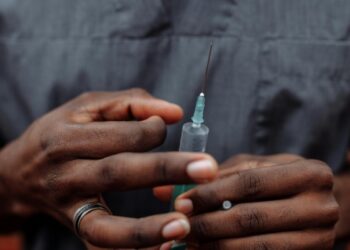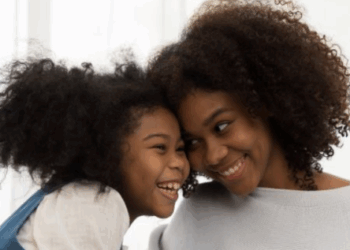In the aftermath of Michael Brown’s death and the response in Ferguson (and around the country), race consciousness is all anyone seems to be talking about. The conversation is abundant, as abundant as it was in 2012 after the shooting of Trayvon Martin, in fact. But now that the dialogue is once again on the table, the question becomes: how do we involve the children? What do we say to make them understand the situation within the larger context of race and social injustices?
Recently, Jamie Rubin wrote of the trouble not only of speaking to children about this, but in responding as a non-white person who can be empathetic, but still feels disconnected. Peggy McIntosh’s essay “WhitePrivilege: Unpacking the Invisible Backpack” inevitably came up.
In it, she discusses her desire to understand race and Otherness by recognizing her own privilege as a white woman. Confronting her privilege proved to be the best way she could connect with the larger social issues. The point of this was to move away from the concept of being color blind, and instead become race conscious. But what is the difference? And how do we teach our children about it?
The fantasy that we all might live in world where color does not matter (and is therefore invisible) is an impractical one. The truth is, to ignore color is to ignore the historical and systemic impact race and racism has had on our world. Instead, children need to be taught these histories so that they can better understand incidents like Ferguson.
Unfortunately, race and violence has been an epidemic across this nation and many others for as long as anyone can remember. Today, the best way to change the future is to acknowledge the past. Seeing it for what it is is the most effective way to unveil ourselves and confront the problems. After all, there cannot be a solution without a true understanding of the problem. And the problem is that racism has been imbedded in our societies historically, through acts of systemic violence. People are fighting back everywhere, but the incident in Ferguson has given some much needed visibility to the issue.
Today is the day that we need to talk to our children. They are the next generation of leaders and policy changers, but we cannot expect them to change the future if they have been shielded from the past.
Skin color should not be a four letter word, and neither should racism nor violence. Ultimately, our kids need to see the world for what it is so that they can change it into what many of us hope it can one day be.






